Tea Tree Oil Benefits| A friendly guide for glowing Skin and Hair.
| Authored by: Adeeba |
| Reviewed by: Kapil Dhameja |
| Estimated Reading Time: 7 minutes |


When I'm asked, "What is one ingredient that you always keep on your formulation table regardless of what you're working on?" I always respond the same way, Oil of Tea Tree which is potent, clean, and sharp. I deal with a variety of herbs as a formulator at Blue Nectar, including saffron, gotu kola, kumkumadi botanicals, clove, licorice, and ashwagandha. However, the Tea Tree is a unique individual. That teammate who says, "Don't worry, I'm on it," is how it acts. The topic of tea tree oil always comes up, whether I'm creating a face wash for teens with acne, a dandruff tonic for the scalp, or a mild clarifying oil. In all honesty, it is used in both Ayurvedic-inspired blends and contemporary skincare products.
So today, I'm going to take you through the process of studying tea tree oil, pairing it, knowing when to avoid it, and what benefits you can actually anticipate. The way we experience it on the formulation desk.
What is Tea Tree Oil?

Tea tree oil is likely to have appeared in the top three results if you have ever Googled "What helps acne fast?" "How to soothe an itchy scalp?" or "Best natural oil for skin?" And truthfully? The excitement is well-earned! The leaves of the Australian native tea tree plant are the source of tea tree oil, also referred to as Melaleuca alternifolia oil. These leaves have been used for centuries by Indigenous Australian communities to promote skin healing, reduce infections, and soothe wounds. So, yes, long before TikTok was even a thing, tea tree oil was a skincare legend!
But what makes tea tree oil so special is how well it balances strength and gentleness. Many synthetic acne or scalp treatments can dry out or irritate the skin. Tea tree oil, on the other hand, works in a supportive, nurturing way, cleaning deeply without completely stripping the skin. People with oily, acne-prone, sensitive, or combination skin love this product. Tea tree oil is not only scientifically sound, but it also fits in perfectly with the way modern consumers think. Tea tree oil checks all the boxes for people who want cleaner, plant-based ingredients that can do more than one thing. It's strong but natural, safe when diluted, and works well with other gentle botanicals like aloe vera, witch hazel, neem, and niacinamide.
Ayurvedic Perspective: Pitta, Kapha
Ayurveda sees tea tree oil as a great addition to the world of herbs that help the body get back to balance and harmony. Tea tree is not a traditional Ayurvedic herb, but its guna (qualities) and karma (actions) fit so well with Ayurvedic principles that modern Ayurvedic practitioners often use it in the same way they would use neem, tulsi, or gandhak. Ayurveda says that skin and scalp problems like acne, inflammation, rashes, too much oil, or dandruff are caused by Pitta and Kapha doshas being out of balance. When there is heat, inflammation, redness, irritation, or breakouts, Pitta gets worse. Kapha gets worse when there is too much oil, clogged pores, whiteheads, heaviness, or dandruff. Tea tree oil is a great herb for calming both.
It cools down fiery Pitta, which helps it calm down. Tea tree oil is like a calming friend when your skin is hot, angry, red, or inflamed. It calms irritation and lowers the uncomfortable heat on the surface of the skin. This is especially useful for acne, redness, and skin that is easily irritated. Tea tree oil's light, drying, and clarifying properties also help lessen the heaviness of Kapha. It gets rid of excess oil, unclogs pores, and refreshes the scalp, which is exactly what Kapha needs when it gets too much. Krimighna, which means "destroyer of harmful microorganisms," is another important idea in Ayurveda.
Triphaladi Ayurvedic Fat Burning & Slimming Oil
Moreover, tea tree oil is one of the srotoshodhaka substances, which implies that it aids in the process of clearing and opening the microchannels of the skin. The skin gets dull, congested, and becomes a breakout zone when these little channels are blocked. By delicately rescuing these routes, tea tree oil makes the skin "breathe" more and is a nice co-agent for the skin to get smoother and lighter.
Tea Tree Oil Benefits for Skin
Fights Acne-Causing Bacteria
Tea tree oil is a natural antimicrobial agent particularly enriched in terpinen-4-ol, which helps to lower the amount of bacteria that cause acne on the skin. If it is applied in the correct dilution, the pores are softly cleansed and new pimples do not form. It is, therefore, a great product for people who have frequent breakouts, blackheads, or even those pesky whiteheads that appear overnight.
Reduces Redness and Inflammation
In case the redness, swelling, or pain of acne is your problem, the use of tea tree oil might bring you relief. The reason being is that it contains very strong anti-inflammatory agents that eventually help to soothe the “angry look” of the skin that is irritated. A large number of people find that their pimples become flatter and less inflamed when they regularly apply diluted tea tree oil.
Controls Excess Oil With out Over-Drying
Oily teenage skin or the shine caused by adult hormones, in both cases, tea tree oil is an excellent solution. It performs the function of a normalizer for sebum secretion, thus, your skin will not feel oily even after several hours of the day. However, the greatest thing about it? Unlike heavy alcohol-based products, it does not strip the skin. Rather, it maintains your body’s natural water at a nice level and leaves your skin together with a deep cleansing of pores.
Helps Prevent Clogged Pores
Oil, dirt, and dead skin cell sticking may clog the pores resulting in small breakouts. The tea tree remedy is capable of gently breaking down the accumulation of these components that clog the pores. People who are faithful to the routine often see a decrease in blackhead, whitehead, and small bumps on their forehead or chin.
Supports Skin Barrier & Soothes Irritation
Also, tea tree oil is a small help for minor irritations, sweat rashes, itching, redness due to noise pollution, or the irritation caused by a mask. As it cools and soothes the skin, which has been aggravated, the oil is perfect for people who suffer from Pitta type skin disorders like heat rashes, redness, or inflammation (according to Ayurveda).
Helps Indirectly Reduce Acne Marks
Tea tree oil, as a matter of fact, does not lighten the pigmentation directly but it significantly reduces the frequency of breakouts. A lesser number of breakouts leads to less picking, which in turn results in fewer marks. By this means, the skin is allowed to heal more evenly over interval time.
Tea Tree Oil Benefits for Hair & Scalp

Deep-Cleansing for the Scalp
Tea tree oil is a gentle remover of excess oil, product buildup, and impurities that are hardening on the skin of the scalp. It doesn't strip your scalp of the essential oils as a harsh cleaner would, only removing what is not needed by the scalp.
Soothes Itchiness and Irritation
If you are constantly scratching your scalp (which is our habit too!), tea tree oil can be a great solution that provides relief. Its anti-inflammatory components work to cool the scalp and lessen the feeling of itching.If the irritation is caused by dandruff, humidity, sweat, or even a slight fungal imbalance, tea tree oil delivers a comfortable, cold sensation as if your scalp were returning to its natural respiration.
Helps Control Dandruff & Flakiness
One of the most significant factors that led tea tree oil to be known all over the globe is its strong antifungal nature. Most of the time, the overgrowth of the fungus (Malassezia) that causes dandruff, and tea tree oil, in that case, gradually diminishes the problem.
Many people discover:
-
Less dandruff
-
less itching of the scalp
-
a cleaner and more pleasant-smelling scalp
-
reduced scalp sensitivity
So this is a combination that works best for oily scalps, flaky scalps, or 'combination' scalps where the roots are oily, but the tips are dry.
Briganantadi Tea Tree Anti Dandruff Oil for Hair
Promotes a Healthier Scalp Environment for Hair Growth
Tea tree oil is not one of the hair growth agents, but it does, however, make the hairscalp the most suitable place for hair regrowth. The oil's work of clearing the scalp of the buildup, flakes, itching, and clogged follicles assures that the roots will be well-fed and oxygenated. In turn, this will lead to more hair density, stronger hair, and healthy regrowth.
Controls Excess Oil and Sweat Odour
Humid weather, intense workouts, and exposure to the sun for a whole day can make the scalp sweaty and result in a slight odour. Tea tree oil takes care of this in a very natural way due to its antimicrobial property. The best time to use tea tree oil would be in scalp tonics, serums, and clarifying hair oils because it allows your scalp to be fresh for a longer period of time.
Helps Prevent Product Buildup
In the case you heavily condition your hair, apply serums, or use hair sprays, residue can be piling up in your scalp to clog your follicles. Tea tree oil helps break down the accumulation of materials and purifies the scalp.
How Much Tea Tree Oil Is Safe to Use & How Do You Actually Use It?
Tea tree oil packs a bunch of benefits. It’s super effective and crazily versatile, but it’s also really strong stuff. Think of it like a hot chili, a little bit makes things better, but too much? Suddenly things get out of hand. So, here’s how to use tea tree oil safely and yes your skin and hair will thank you.
Why You Always Need to Dilute Tea Tree Oil
Pure tea tree oil is no joke, it's potent. If you put it straight on your skin, you’ll probably get redness, dryness, or even a burning feeling. This goes double if your skin is sensitive or breaks out easily.
The bottom line therefore is that you always mix tea tree oil with a carrier oil, like:
-
coconut
-
jojoba
-
sweet almond
-
olive oil.
Here’s a safe ratio:
1–2 drops tea tree oil for every teaspoon (5 ml) of carrier oil
If your skin’s super sensitive, go with 1 drop for every 2 teaspoons (10 ml)
Diluting doesn’t make tea tree oil weaker. If anything, it helps your skin soak it in gently, so you get the benefits without irritation.
How to Use Tea Tree Oil for Skin
For Acne-Prone Skin
Mix 1 drop of tea tree oil with 2 teaspoons of aloe vera gel or a light carrier oil. Dab it right on pimples or problem spots, don’t slather it all over your face. This calms inflammation and attacks bacteria, but won’t dry your whole face out.
Start by using it every other night. If your skin’s happy, you can slowly use it more often.
For Oily Skin or Post-Acne Marks
Dilute 1–2 drops in some rosewater and a bit of carrier oil. Use it as a spot treatment at night. With regular use, it helps balance oil and fades dark spots.
For Fungal Infections
Dealing with toenail fungus or ringworm? Use 3–4 drops per teaspoon of carrier oil and apply twice a day. Just don’t use this stronger mix on your face, stick to milder dilutions there.
How to Use Tea Tree Oil for Hair & Scalp
Use it right, and your scalp will love you for it.
For Dandruff
Mix 3–4 drops of tea tree oil into a tablespoon of coconut, sesame, or almond oil. Massage that into your scalp, leave it on for about 20–30 minutes, then wash it out. This knocks out flakes, itching, and the fungus that causes dandruff.
For Itchy or Oily Scalp
Add 3 drops to your regular shampoo. Wash as usual, but let the shampoo sit on your scalp for at least a minute before rinsing. It helps clear buildup and leaves your scalp feeling fresh.
For Hair Growth & Scalp Health
Mix 2 drops of tea tree oil, 2 drops of rosemary oil, and 2 tablespoons of carrier oil. Massage into your scalp to help boost circulation and encourage healthy hair growth.
How Often Should You Use Tea Tree Oil?
For skin (acne or blemishes): You can use it 2–3 times a week.
For scalp (dandruff or itching): You can use it twice a week.
For nail fungus or infection: Every day until things look better
Stick with the routine that suits your skin and hair the best way. Remember consistency is key! Most people see results in 2 to 6 weeks, depending on what you’re treating.
Who Needs to Be Extra Careful?
Skip tea tree oil (or talk to your doctor first) if you:
-
Have super sensitive or easily irritated skin.
-
Are allergic to plants in the eucalyptus family.
-
Get eczema flare-ups.
And always do a patch test: Put some diluted oil on your forearm or behind your ears and wait a day to see how your skin reacts.
How to Tell If You’re Overdoing It
Watch out for burning, extra redness, peeling, dryness, or tiny itchy bumps. If that happens, stop using tea tree oil and switch to something soothing, like aloe vera or a gentle moisturizer. Give your skin time to chill out before you try again.
How to Spot a Good Tea Tree Oil
As a formulator, I always tell my clients that picking the right tea tree oil matters just as much as how you use it. Tea tree oil is powerful, when it’s pure and handled right. A good one soothes and heals. A bad one? It can irritate your skin or just do nothing at all.
-
Check the Botanical Name
Look for the scientific name on the bottle: Melaleuca alternifolia
If you see this, that’s a good sign. If it’s missing or just says “tea tree essential oil,” that’s a red flag. You wouldn’t trust a nameless herb.
2. “100% Pure” Isn’t Enough: Look for Real Purity
Purity (shuddhata) is sacred in Ayurveda. Lots of brands slap “pure” on the label, but real, therapeutic-grade oil should have one thing inside: Melaleuca alternifolia. That’s it. No fillers, no mineral oil, no fake fragrances, no preservatives. You don’t need a superhuman nose, just check the ingredient list. Only one thing should appear.
3. Terpinen-4-ol—This Is the Life of the Oil
If tea tree oil has a life force, it’s called Terpinen-4-ol. That’s the magic behind its power for skin and microbes. Good tea tree oil lands between 35–48% Terpinen-4-ol and keeps cineole under 5%. Too much cineole means it could irritate your skin.
4. Know Where It Comes From: Australia Is Classic
Some herbs thrive only in certain places. Tea tree? It’s at its best in Australia. Oils from there usually smell better and work better. Doesn’t mean other places are bad, but Australian tea trees have that steady, reliable quality.
5. Go for Steam-Distilled
Ayurveda prefers gentle methods, and steam distillation fits right in. It pulls out the good stuff without ruining it. Stay away from oils made with harsh chemicals or solvents. Those can bother your skin and mess with the oil’s natural balance.
6. Smell It: Should Be Sharp, Clean, and a Bit Medicinal
Pure tea tree oil has a strong, earthy, slightly medicinal smell. If it’s too sweet, too faint, or smells like perfume, something’s off. It might be watered down or fake. The real stuff wakes up your senses, kind of like fresh tulsi.
7. Don’t Fall for a Price That’s Too Low
Making good tea tree oil takes work. If the price seems way too cheap, it’s probably diluted or poor quality. Real tea tree oil is an investment in your skin and scalp, not a throwaway bargain.
Final takeaway
So as a formulator my final advice is that If you’re putting together a skincare or haircare product, tea tree oil is one of those ingredients you can really count on. It’s packed with terpinen-4-ol, which means it fights microbes, calms inflammation, and helps keep oil in check. People with acne, irritated scalps, or anyone who just wants something that purifies without being harsh really benefit from it. It’s reliable and does a lot of heavy lifting in any routine.
Recommended Products
Briganantadi - D Tea Tree Anti Dandruff Hair Oil | Clean & Healthy Scalp
Related Articles:
Why Blue Tansy Is Your Sensitive Skin’s New Secret Weapon?
Retinal vs. Retinol: The Shocking Truth About Your Skin’s Best Friend!
Does Castor Oil Really Make Your Eyelashes Grow? Myths vs. Facts
The Key to Thicker Hair? Make Your Own Rosemary Oil—Here’s How
Is Hibiscus Just a Vibrant Flower? Discover Hibiscus Flower Benefits and Ayurvedic View
Gotu Kola: The Ayurvedic Herb Your Skin and Hair Will Love.
References
https://www.mayoclinic.org/drugs-supplements-tea-tree-oil/art-20364246
https://pmc.ncbi.nlm.nih.gov/articles/PMC1360273/
https://www.mdpi.com/2076-0817/11/6/682
https://pmc.ncbi.nlm.nih.gov/articles/PMC9228983/
https://jddtonline.info/index.php/jddt/article/view/2838
https://www.healthline.com/health/tea-tree-oil-for-nail-fungus
https://pubmed.ncbi.nlm.nih.gov/20865268/
https://www.healthline.com/health/tea-tree-oil-for-dandruff
https://www.journals.innovareacademics.in/index.php/ajpcr/article/view/39338?



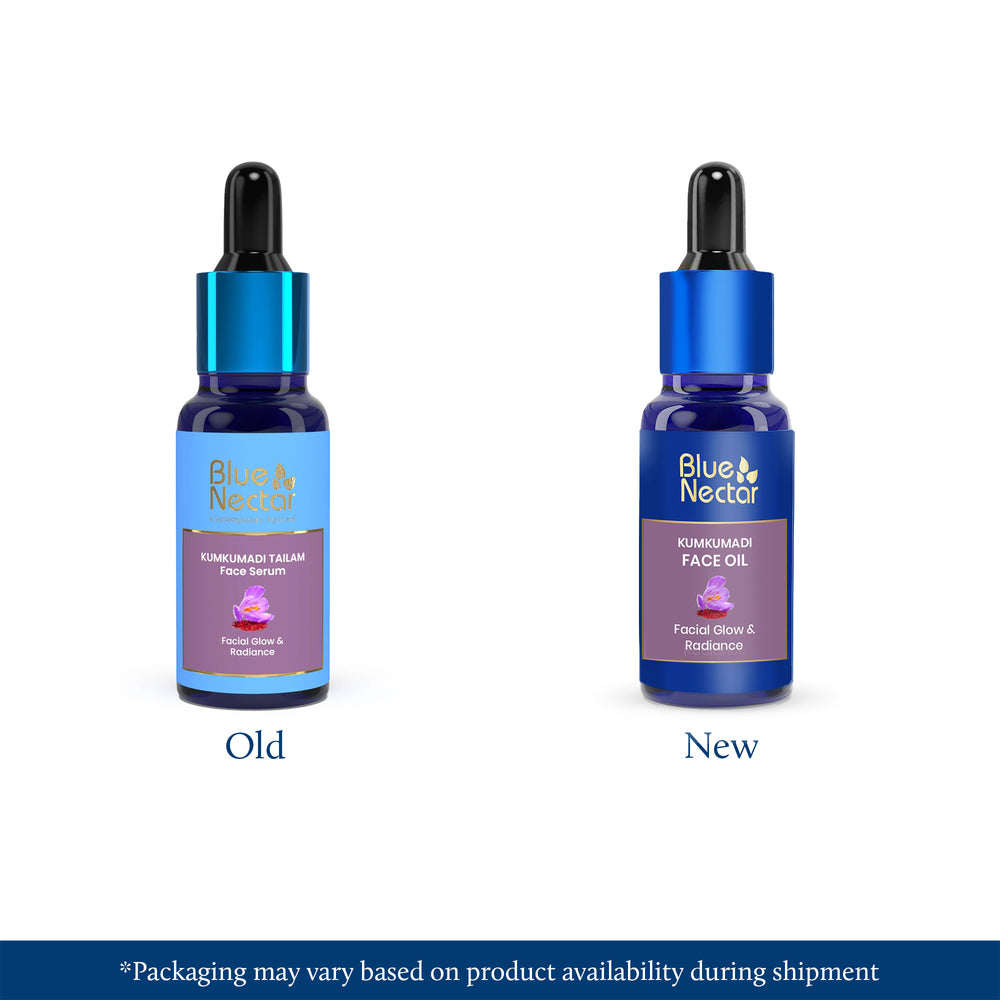
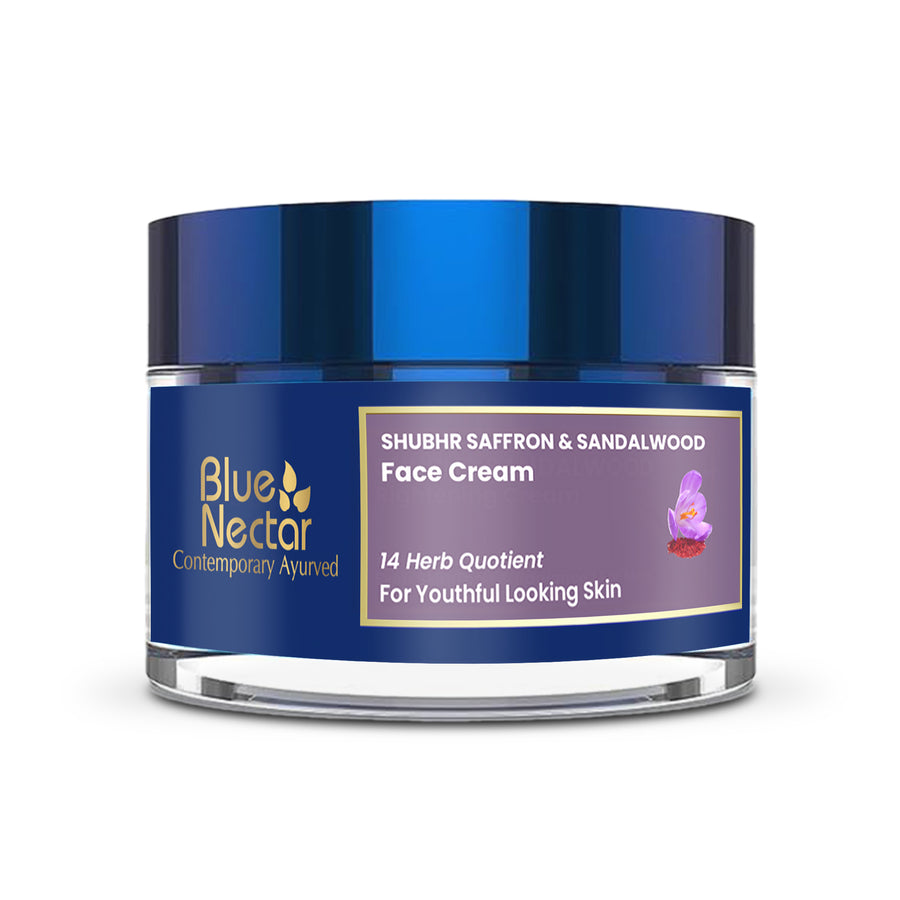

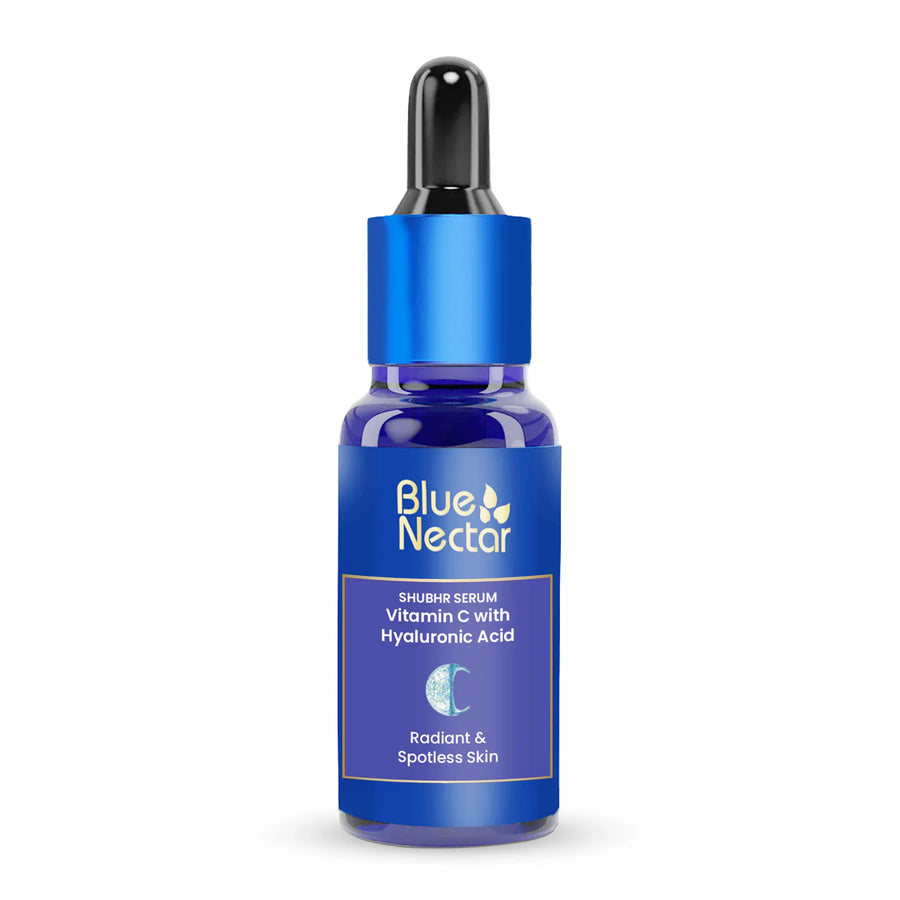


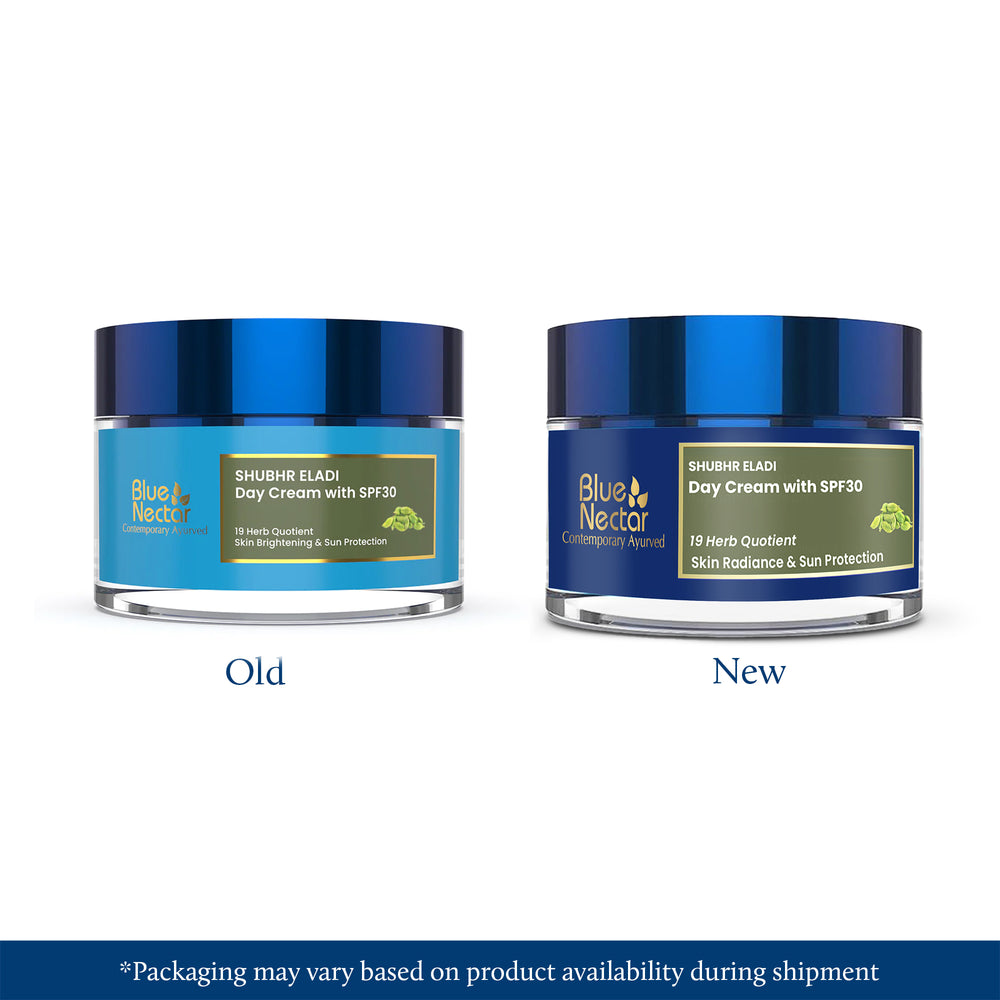
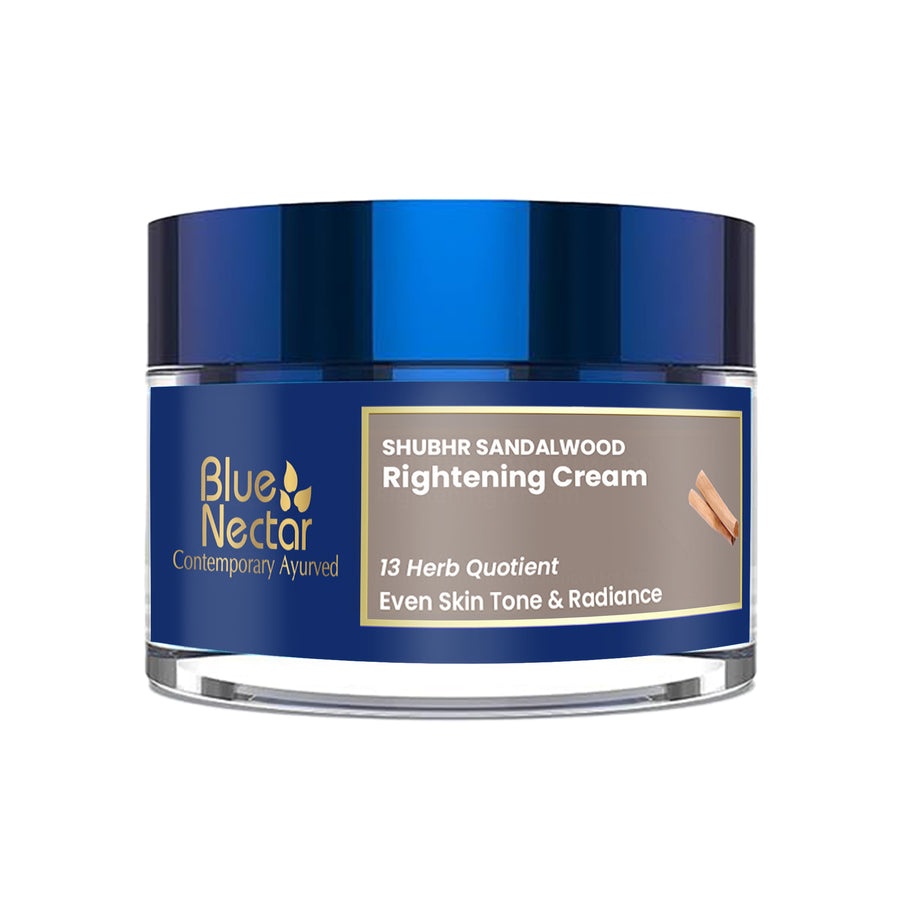
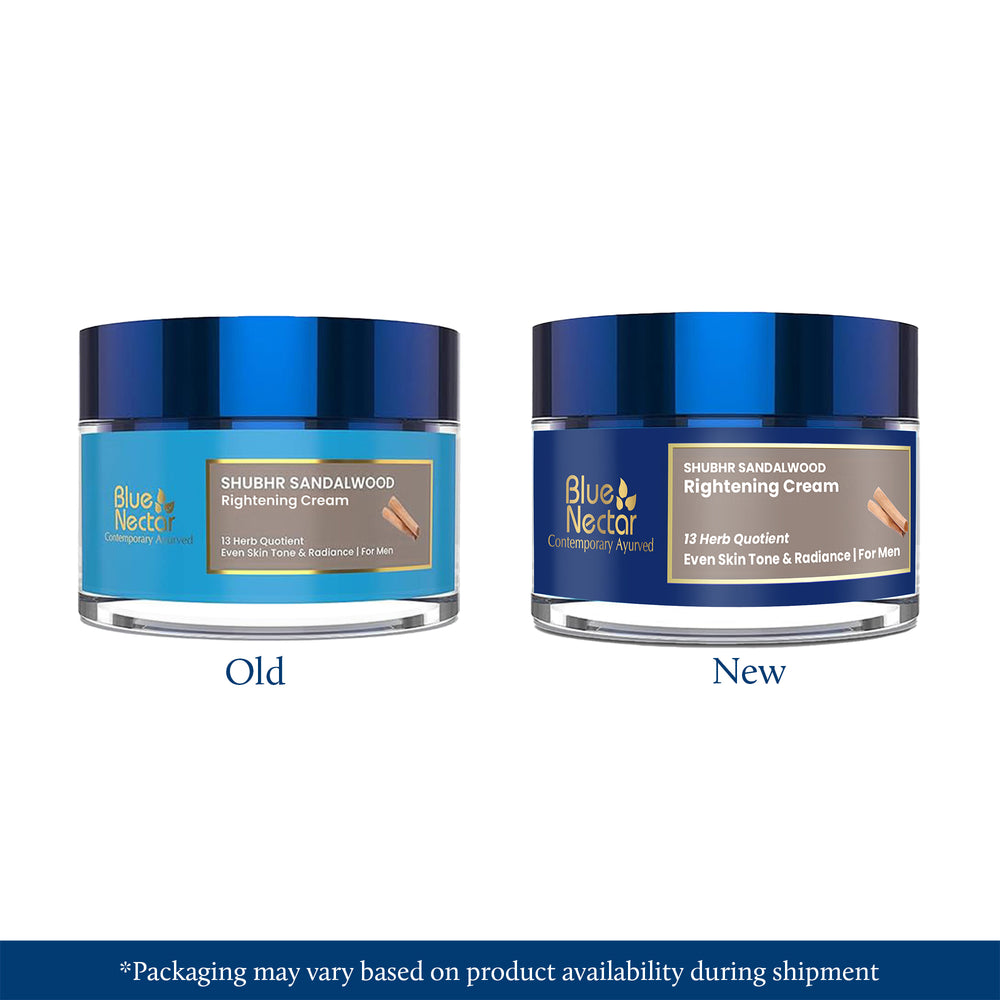




Leave a comment